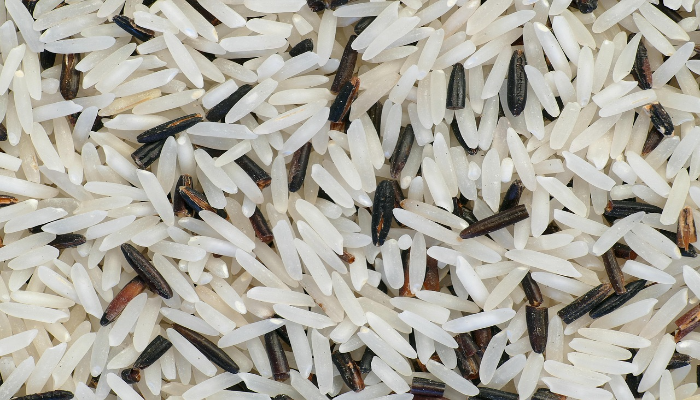Jasmine rice is long grain rice grown primarily in south East Asia.
An aromatic rice which is famous for its fragrance and is primarily grown in Thailand, Cambodia and Vietnam which is moist oft in texture.
Jasmine rice varies in brown and white form. In terms of nutritional value both jasmine, white rice has less nutritional value compare to whole grain brown rice.
Jasmine rice also has different varieties as they are available in black, purple and red varieties which have slightly different nutritional properties.
Jasmine rice also has different varieties as they are available in black, purple and red varieties which have slightly different nutritional properties.
Jasmine rice is good for your diet however it should be eaten in proper portion according to your diet.
In jasmine rice the most preferable brown whole rice is rich in nutrients including vitamin b1, magnesium, phosphorous, selenium and manganese.
It improves your immune system because the availability of colorful varieties of jasmine rice, which include red, purple and blue which are packed with phytonutrients which help and covered your body cells by improving immune system.
One should take care while eating the rice it should be taken in proper quantity or any diabetic patient because it has high in glycemic index.
It has high arsenic value you should wash the rice before cooking it and some reports suggest that arsenic value is high in rice as compared to their grain which has toxic metal that is found in rock soil and water.
Apart from jasmine rice brown jasmine rice or some coloured rice varieties are great healthy option.

